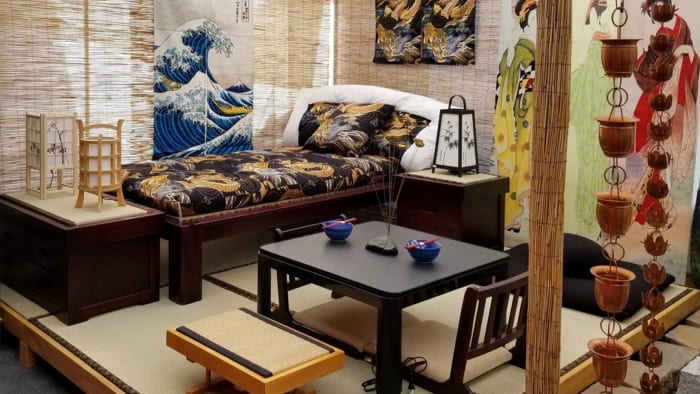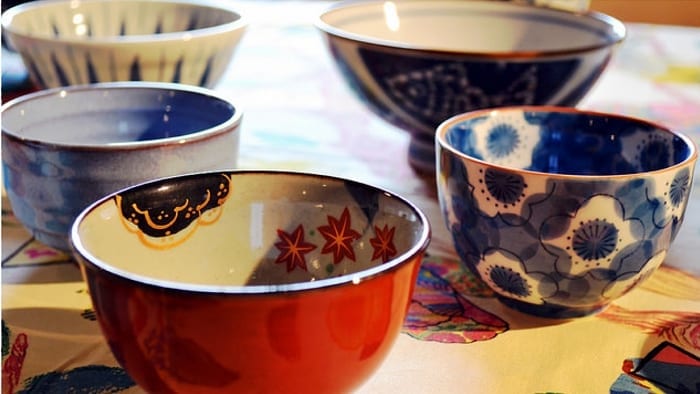Hinamatsuri, also known as Girl’s Day or Doll’s Festival, is a traditional Japanese holiday celebrated annually on March 3rd. The festival is observed primarily by families with young daughters, and is a time to celebrate the growth and well-being of young girls. During Hinamatsuri, families display a set of ornamental dolls, known as hina-ningyo, which represent the imperial court and are arranged on tiered platforms. The dolls are displayed alongside other traditional decorations such as hina-matsuri banners, seasonal flowers, and small sake cups. Hinamatsuri is also a time for families to enjoy special sweets and foods and to wish for the happiness and prosperity of their daughters.
· Doll Festival on Childrens Day
Also known as hinamatsuri, this is one of the most-awaited festivities in Japan. The people cover platforms with red carpet and decorate their households with ornamental dolls, such as the traditional Heian Period doll sets. The dolls represent the emperor, empress, officials, attendants, and musicians in traditional court dresses.
An important part of the Doll Festival traditions is the Japanese customary drink called shirozake, a sake produced from fermented rice. Crackers in small servings, called hina-arare, flavored with sugar or soy sauce, are eaten together with hishimochi (colored rice cakes) and chirashizushi (sushi rice in various flavors).
· Carp Kites
Also called koinobori by the Japanese, boys fly carp streamers or hung carp kites outside their houses. The streamers are also available in miniature versions for smaller homes. The carp was chosen to be a part of the Boy’s Day tradition because of its insurmountable strength and success symbolism. Inside each home, dolls of famous warriors and other heroes are on display.
· Samurai Costumes
The Samurai were the bravest and the noblest warriors of Japan. So to parade strength and courage, Japanese boys often wear samurai helmets on Children’s Day.
· Family Gatherings on Childrens Day
On Children’s Day, families also soak themselves in a tub filled with iris leaves and roots. This iris is known to encourage good health and stable well-being and ward off evil. Part of the tradition is eating kashiwamochi or rice cakes stuffed with sweet bean paste and wrapped in oak leaves.
· Golden Boy Doll
Families with boys exhibit a model of a Japanese folk hero known as Kintaro. According to folklore, Kintaro was a boy of superhuman might and agility who grew up to be an esteemed warrior admired by many. Just like the samurai helmets, this act of displaying Kintaro represents the family’s dream for their boys to be strong and courageous.
· Visit to the Monument
The Children’s Peace Monument was erected almost 50 years ago with a girl named Sadako Sasashi as the inspiration of the whole architecture of the beautiful. Since its unveiling on Children’s Day 1958, thousands of children visit the monument each year.
· Kyogen on Childrens Day
Around 600 years ago is when this type of comic theater was founded. Through the years, the distinctive acting style of kyogen is performing wearing Japanese traditional costumes. Japanese girls had been attending kyogen practices once or twice a week to perfect the Japanese fan’s comic expressions and movements. Feed your interest in Japan and Japanese culture by visiting Japanese Style. Get your hand at the trendiest Japanese-related crafts, clothing, decorations, traditional games, and other Japanese souvenirs.




Comments are closed.